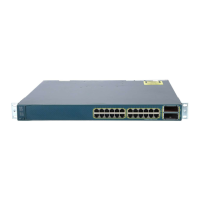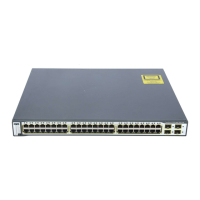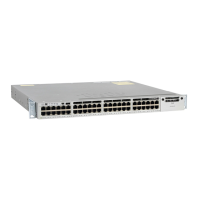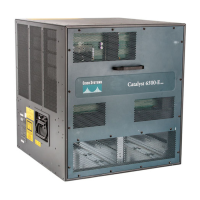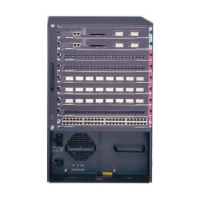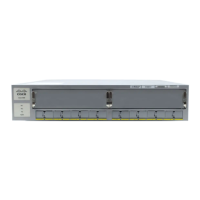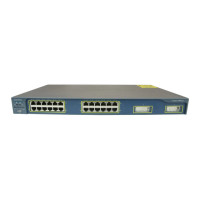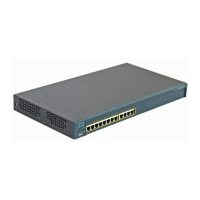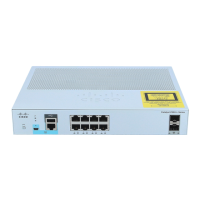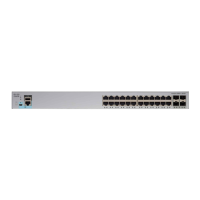Contents
xii
Catalyst 3560 Switch Software Configuration Guide
78-16156-01
Configuring Extended-Range VLANs 12-12
Default VLAN Configuration 12-12
Extended-Range VLAN Configuration Guidelines 12-13
Creating an Extended-Range VLAN 12-14
Creating an Extended-Range VLAN with an Internal VLAN ID 12-15
Displaying VLANs 12-16
Configuring VLAN Trunks 12-16
Trunking Overview 12-16
Encapsulation Types 12-18
802.1Q Configuration Considerations 12-18
Default Layer 2 Ethernet Interface VLAN Configuration 12-19
Configuring an Ethernet Interface as a Trunk Port 12-19
Interaction with Other Features 12-20
Configuring a Trunk Port 12-20
Defining the Allowed VLANs on a Trunk 12-21
Changing the Pruning-Eligible List 12-22
Configuring the Native VLAN for Untagged Traffic 12-23
Configuring Trunk Ports for Load Sharing 12-24
Load Sharing Using STP Port Priorities 12-24
Load Sharing Using STP Path Cost 12-26
Configuring VMPS 12-27
Understanding VMPS 12-27
Dynamic-Access Port VLAN Membership 12-28
Default VMPS Client Configuration 12-29
VMPS Configuration Guidelines 12-29
Configuring the VMPS Client 12-29
Entering the IP Address of the VMPS 12-30
Configuring Dynamic-Access Ports on VMPS Clients 12-30
Reconfirming VLAN Memberships 12-31
Changing the Reconfirmation Interval 12-31
Changing the Retry Count 12-32
Monitoring the VMPS 12-32
Troubleshooting Dynamic-Access Port VLAN Membership 12-33
VMPS Configuration Example 12-33
